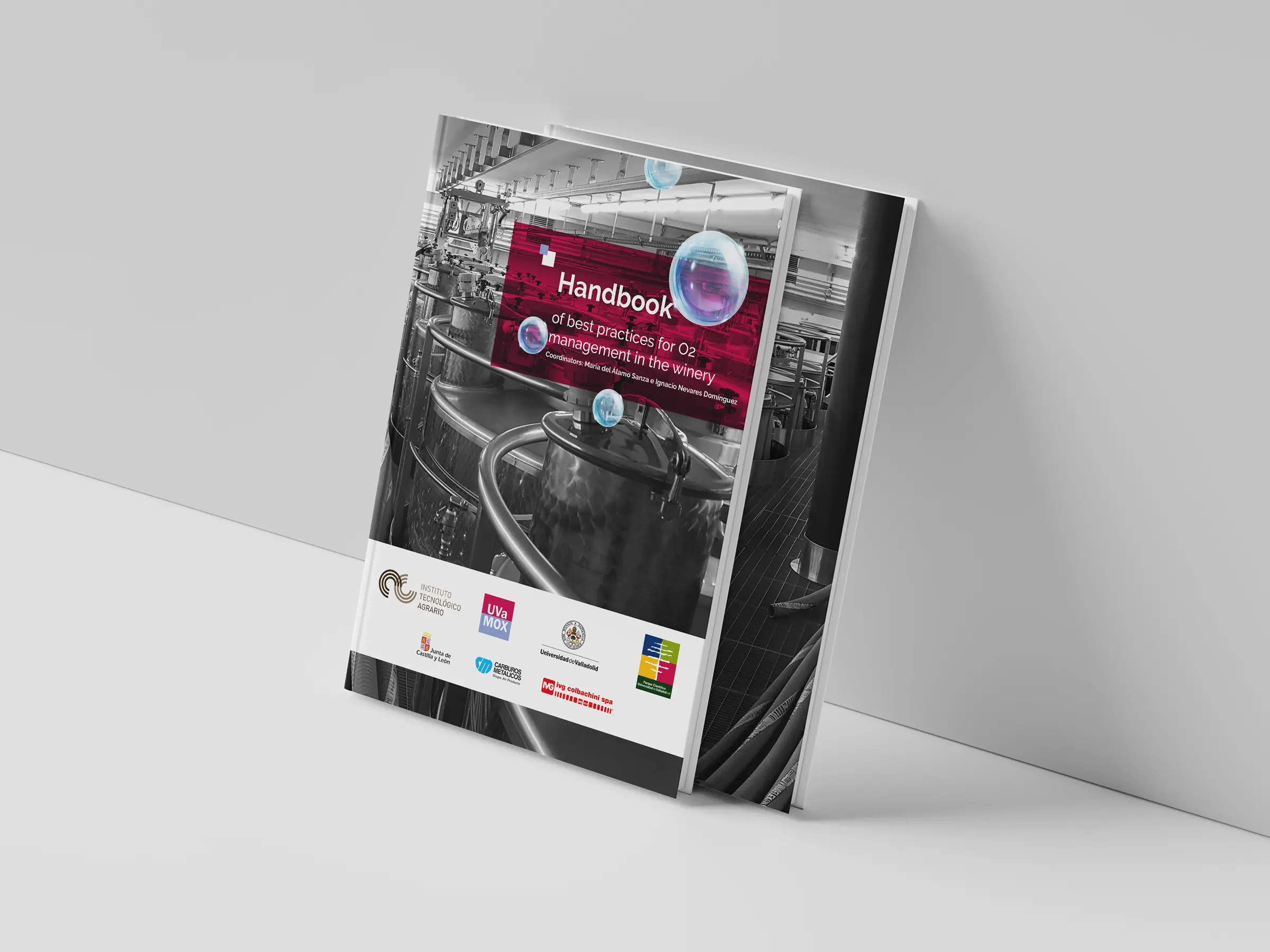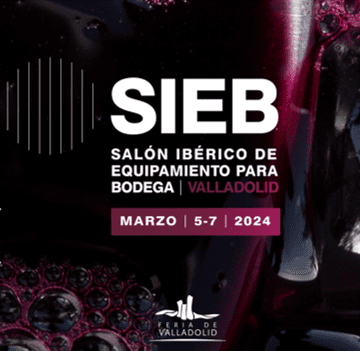The influence of selected winemaking equipment and operations on the concentration of dissolved oxygen in wines
by Juan F. Calderón, María del Alamo-Sanza, Ignacio Nevares, Felipe Laurie
Oxygen has a determining effect on the quality and longevity of wines. In spite of its importance, there are only a limited number of reports examining the levels of dissolved oxygen during wine production and the enrichments produced by different operations. In this study, the contribution of selected winemaking equipment and operations (i.e., pumping, centrifugation, tartrate stabilization, filtration and bulk wine transportation) on the concentration of dissolved oxygen in wines was assessed using a photoluminescence-based oxygen meter. For example, winemaking equipment such as diatomaceous earth filtration and membrane filtration caused dissolved oxygen increases between 0.100 and 0.200 mg/L, and pad filtration and centrifugation showed average oxygen enrichments of approximately 0.350 mg/L. However, operations such as filtration with rotary vacuum equipment and continuous tartrate stabilization produced oxygen enrichments up to ~2.8 mg/L. A better awareness of the levels of oxygen incorporated by different winemaking practices will help incorporate the necessary safeguards to protect wines from oxidation and estimate the magnitude of the cumulative exposure to oxygen during winemaking.
This work can be fully read (Open Access) in Vol 41, No 2 (2014) of the journal Ciencia e Investigación Agraria as a research note: The influence of selected winemaking equipment and operations on the concentration of dissolved oxygen in wines





